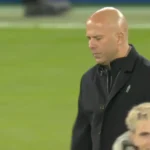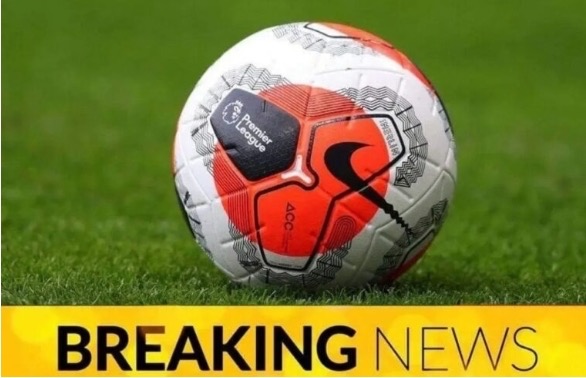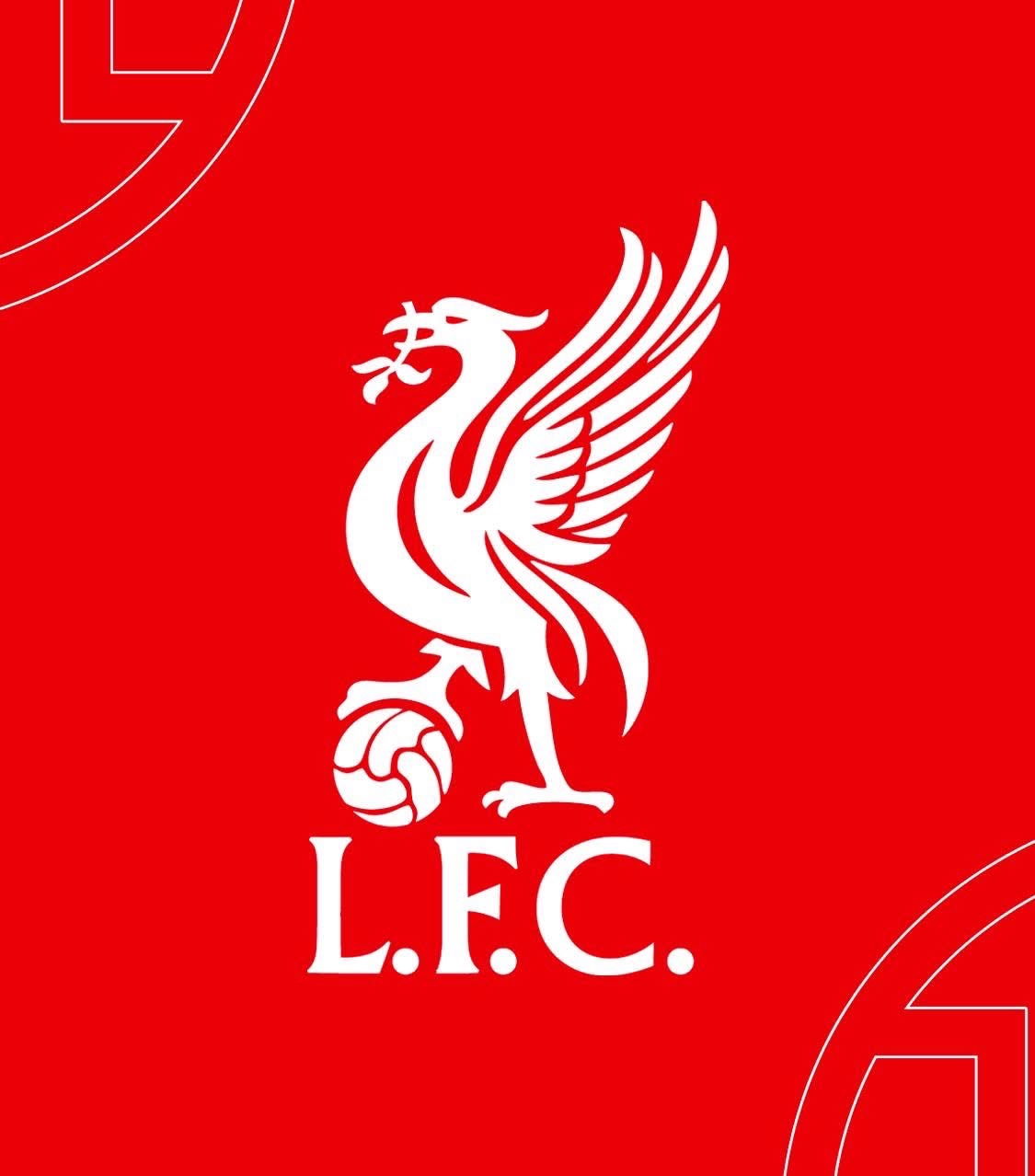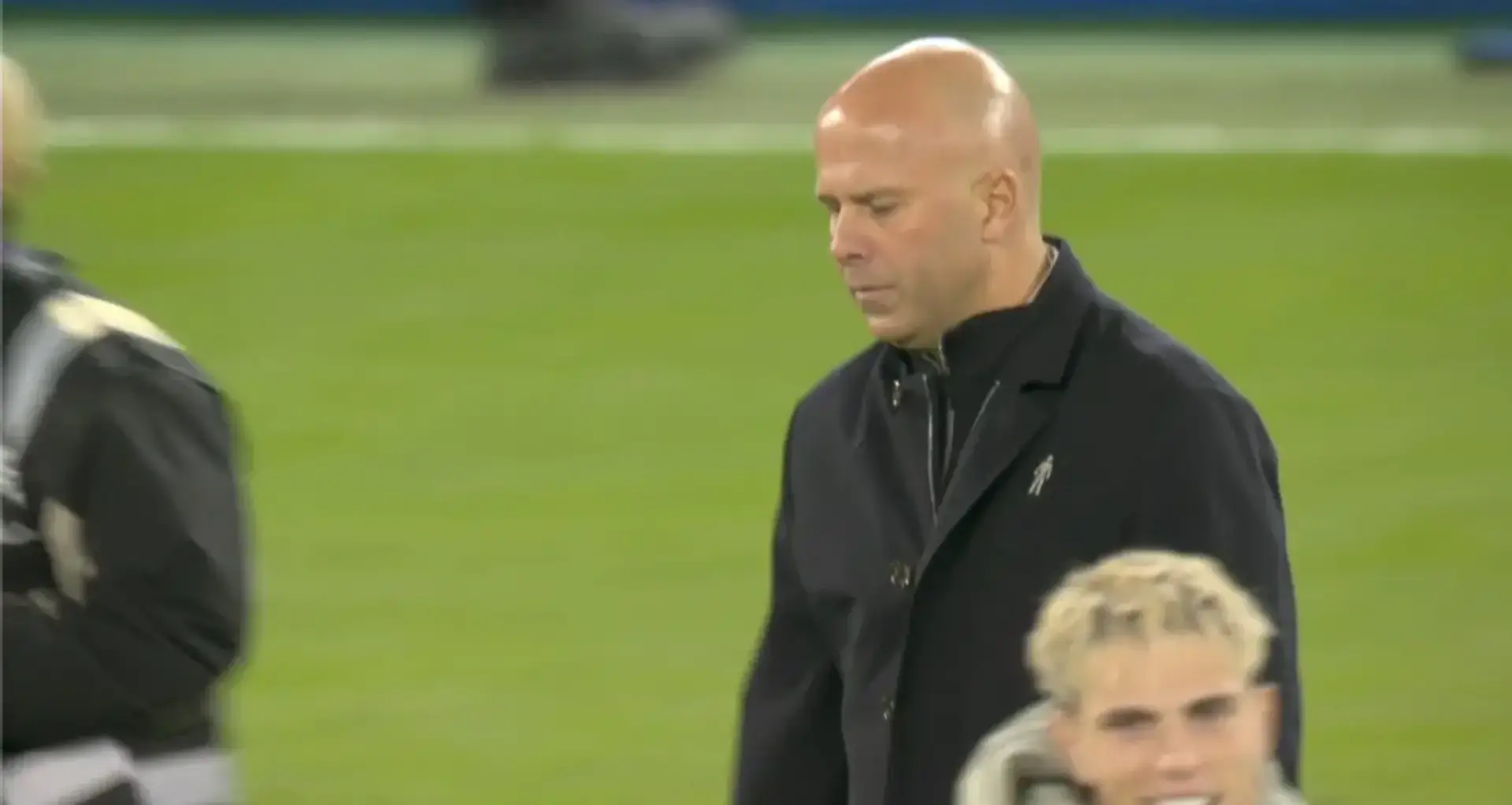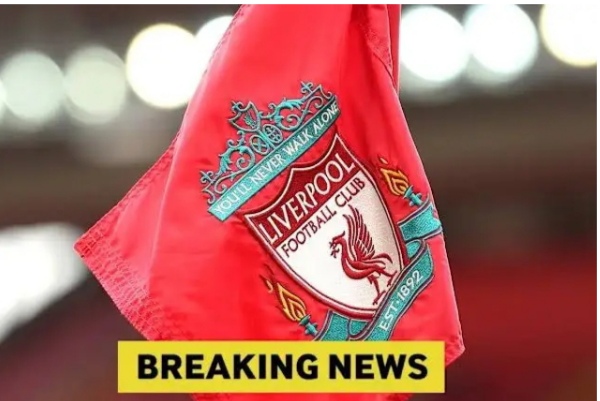Manchester United’s turbulent season has produced no shortage of debate over where the club’s problems truly lie. Is it the board? The manager? The players? Or a toxic combination of all three? Into this storm has stepped Jamie Carragher, the former Liverpool defender turned pundit, who delivered a sharp and uncompromising assessment of United’s situation.
Carragher argued that United’s summer signings could easily slot into a back-four system, offering balance and attacking potency. He even suggested that with the right tactical setup, this team has enough quality to be competing for European qualification — provided, in his words, they had a “competent football manager.”
Carragher’s Suggested XI
Carragher’s vision is simple but provocative. He believes the squad, as it stands, is better suited to a traditional four-man defence than Ruben Amorim’s preferred 3-4-3 setup. His proposed attacking shape includes:
- Bruno Fernandes in his natural No.10 role.
- Bryan Mbeumo operating as a right winger.
- Matheus Cunha deployed on the left wing.
- Benjamin Šeško leading the line up front.
Behind them, Carragher implied that United already have the personnel to support a balanced midfield and backline, provided the system plays to the players’ strengths.
It is a strikingly different vision from Amorim’s — and one that immediately raises questions about both the squad’s construction and the manager’s insistence on fitting players into his own preferred system.
The Case for a Back Four
Carragher’s suggestion reflects a wider concern: United’s players appear uncomfortable in Amorim’s current tactical model. His reliance on wing-backs has stretched the squad thin in positions where they lack natural depth. His midfield structure often leaves gaps, exposing both the defence and the forwards.
By contrast, a 4-2-3-1 or 4-3-3 — both versions of a back-four shape — offer greater clarity and familiarity. Many of United’s summer recruits played in such systems before arriving, and it could simplify their adaptation to Premier League football.
- Bruno Fernandes has consistently thrived in the No.10 pocket, free to roam and create.
- Mbeumo has proven himself at Brentford as a dangerous right-sided attacker who can stretch defences and deliver goals.
- Cunha is versatile but has shown he can cut in effectively from the left.
- Šeško, still raw, looks best when leading the line as a traditional centre-forward rather than being asked to rotate in a front three.
A back four also allows United to reinforce midfield with two pivots — something that could offer more protection for the defence and free up Fernandes.
Carragher’s Underlying Point: It’s About Management
Beneath the tactical specifics, Carragher’s comments carried a sharper edge: his suggestion that a “competent football manager” could guide this team into European places. It was a thinly veiled criticism of Ruben Amorim, whose struggles to impose his philosophy have become a major talking point.
The implication is clear. Carragher believes the squad itself is not fatally flawed — that it possesses enough quality to compete at a higher level than recent results suggest. The issue, in his view, lies in how that talent is being organised, motivated, and deployed.
It is not the first time Carragher has taken aim at United’s managerial choices, but this comment struck a chord because it reflects the frustration of fans who feel the players are being shackled by tactical rigidity.
The Midfield Conundrum
One area where Carragher’s proposed back four could make a significant difference is midfield. United have long been criticised for lacking balance in the centre of the park. Kobbie Mainoo, while highly talented, is not a natural defensive midfielder, and Casemiro is no longer the powerhouse he once was.
In a 4-2-3-1, however, United could pair Mainoo with a partner who shields the back line, giving Fernandes more freedom. In a 4-3-3, they could deploy Fernandes as an advanced midfielder alongside Mainoo and another central option, reducing his defensive workload.
Carragher’s suggestion indirectly highlights that United’s midfield imbalance is a structural issue — one that becomes harder to mask in Amorim’s current setup.
How the Defence Could Look
United’s defensive struggles this season have been glaring, but a back four could offer more stability. Instead of wing-backs pushing too high and exposing gaps, full-backs could operate more conservatively, giving the centre-backs greater protection.
- Lisandro Martínez and Raphaël Varane (when fit) remain a strong pairing at the heart of defence.
- Diogo Dalot has shown steady improvement at right-back.
- The left-back position remains an issue, but with Luke Shaw returning to fitness, the squad would have natural cover there.
Amorim’s insistence on a back three has often forced United into awkward adjustments, with players shoehorned into roles that don’t suit them. Carragher’s back four is not revolutionary, but it is logical — and logic, fans argue, has been missing in recent weeks.
The Question of Goals
One of the major criticisms of United has been their inability to consistently score goals. Carragher’s front four suggestion — Fernandes, Mbeumo, Cunha, and Šeško — addresses this by ensuring natural width and a focal point up front.
Šeško, though still adapting to the Premier League, is a traditional striker with the physical profile United have lacked. Mbeumo and Cunha would stretch defences, creating space for Fernandes to operate centrally. It’s a system designed to balance creativity and finishing power, rather than relying on Bruno to conjure magic in isolation.
Could Amorim Adapt?
The real question is whether Amorim would be willing to adopt such a system. To date, he has remained loyal to his philosophy, even in the face of mounting criticism. Abandoning it could be seen as an admission of failure — but persisting with it risks accelerating his downfall.
Carragher’s comments highlight the growing sense that Amorim is running out of excuses. If rival pundits believe the squad is capable of more in a simpler structure, patience with Amorim’s methods will only wear thinner.
The European Ambition
Carragher’s final point was perhaps the most striking: that a manager with competence could guide this squad into European qualification places. That statement cuts to the heart of United’s decline. Once perennial contenders for titles, the conversation now revolves around whether they can secure a spot in the Europa League or Champions League.
For Carragher, the talent is there. For United fans, the frustration is that it is being wasted. The implication is that until the right tactical leadership is in place, the squad’s potential will remain unrealised.
Conclusion: A Simple Solution, A Complex Problem
Jamie Carragher’s tactical suggestion is, on the surface, straightforward: move United into a back four, unlock their attacking signings, and play Bruno Fernandes in his natural role. But beneath that lies a more complex indictment — that the club’s problems are less about personnel and more about management.
Whether Ruben Amorim can prove him wrong remains to be seen. What is clear, however, is that patience is running thin. If a rival pundit can map out a pathway to European contention with United’s current squad, questions will only grow louder about why the man in the dugout cannot.

